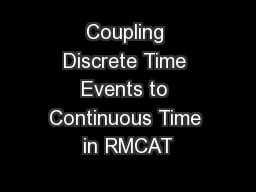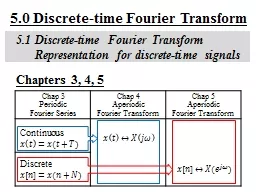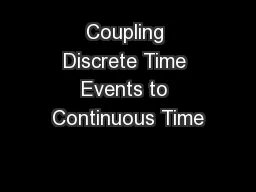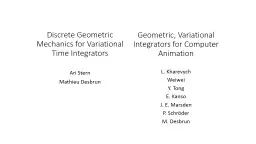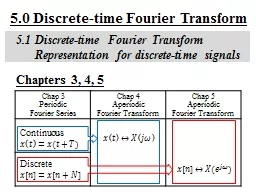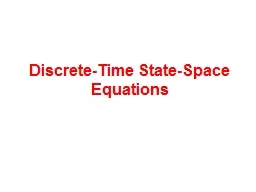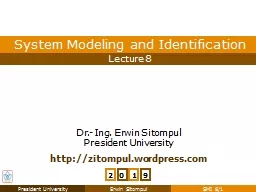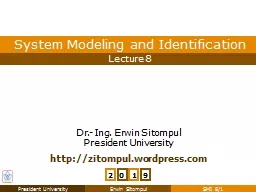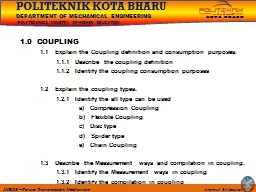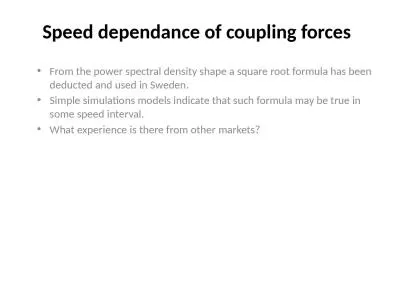PPT-Coupling Discrete Time Events to Continuous Time in RMCAT
Author : sherrill-nordquist | Published Date : 2016-07-18
aka The Anatomy of a RMCAT RTT and Reasonable Bounds on the Time Rate of Change in Available Capacity November 5 2014 Talk Outline Motivation Prior Work On Test
Presentation Embed Code
Download Presentation
Download Presentation The PPT/PDF document "Coupling Discrete Time Events to Continu..." is the property of its rightful owner. Permission is granted to download and print the materials on this website for personal, non-commercial use only, and to display it on your personal computer provided you do not modify the materials and that you retain all copyright notices contained in the materials. By downloading content from our website, you accept the terms of this agreement.
Coupling Discrete Time Events to Continuous Time in RMCAT: Transcript
Download Rules Of Document
"Coupling Discrete Time Events to Continuous Time in RMCAT"The content belongs to its owner. You may download and print it for personal use, without modification, and keep all copyright notices. By downloading, you agree to these terms.
Related Documents

